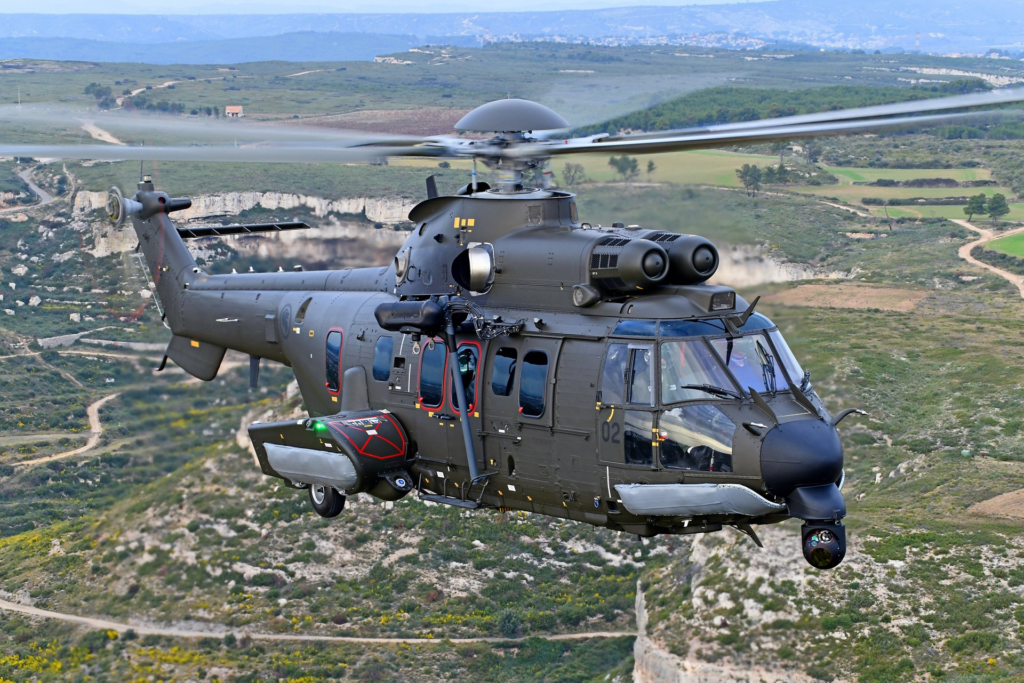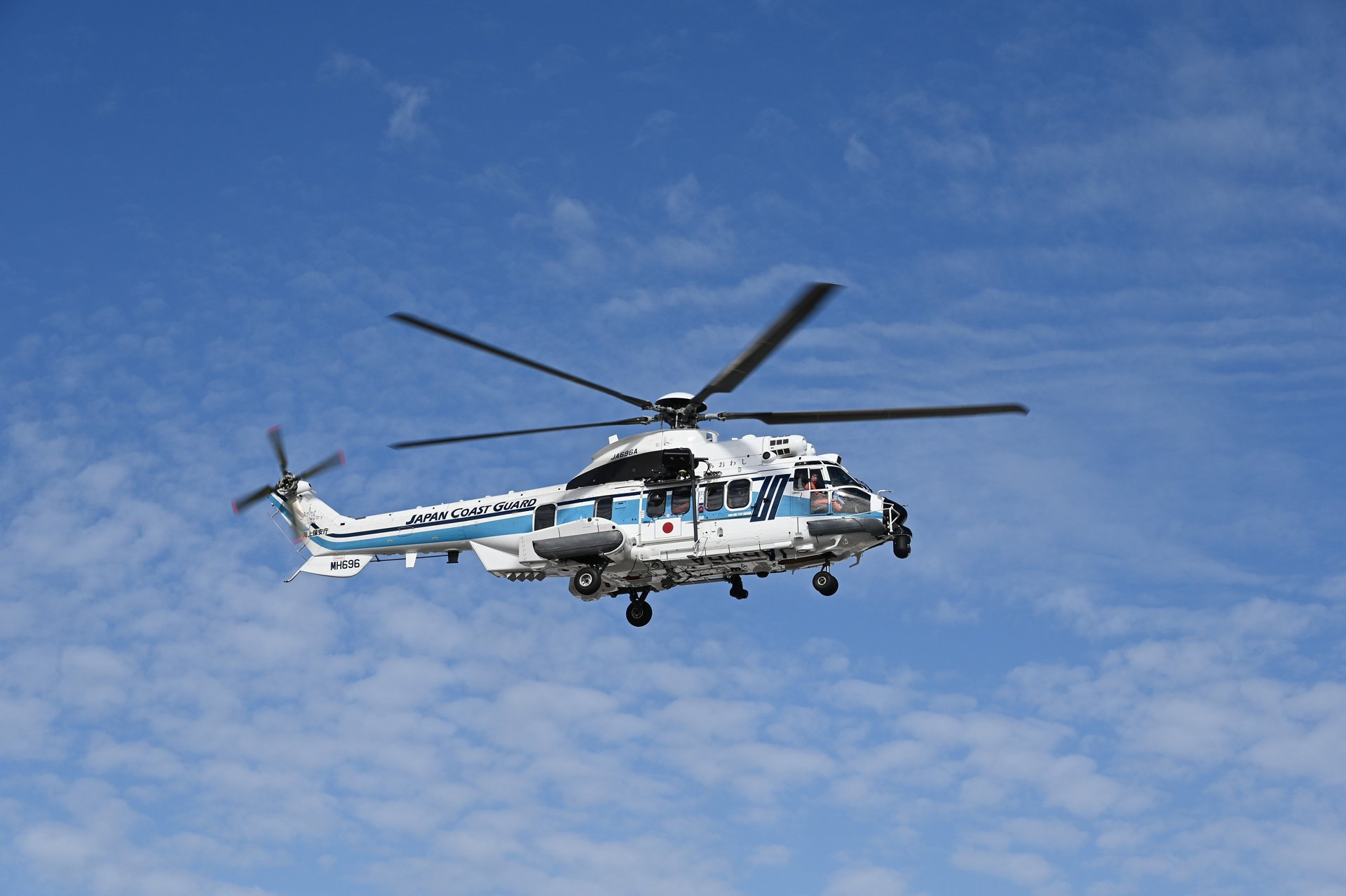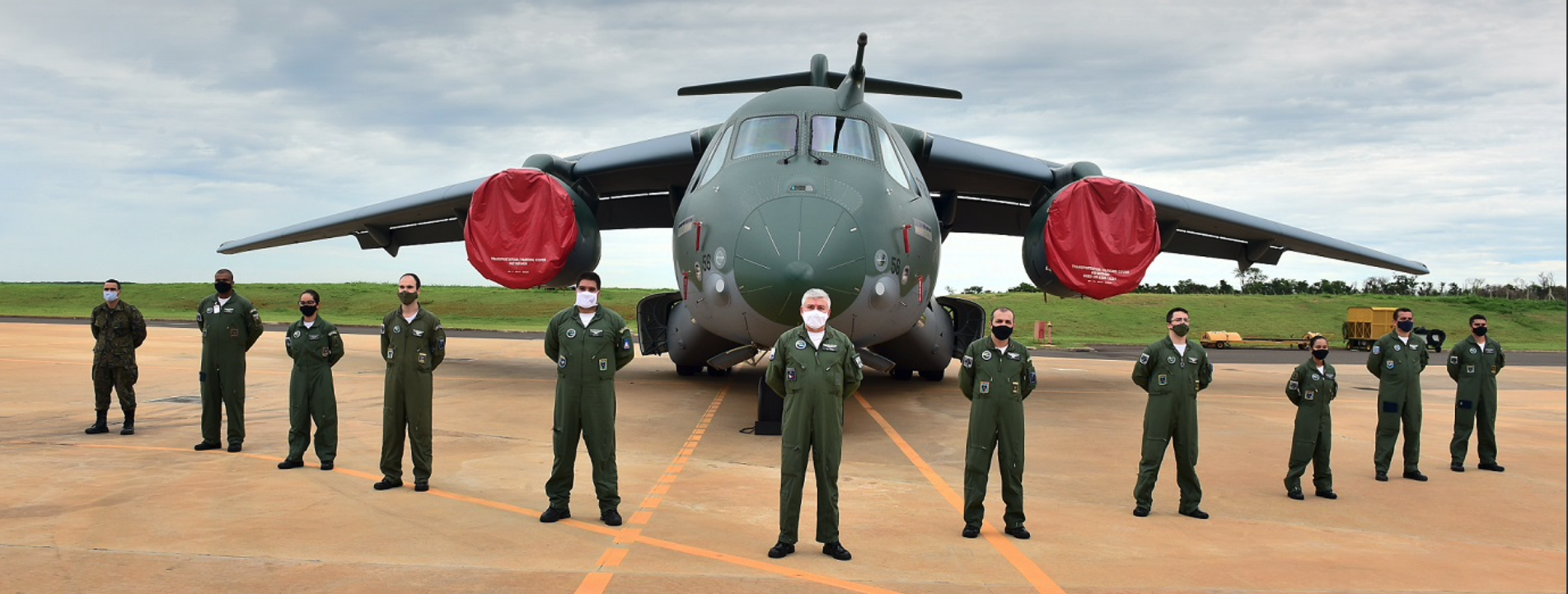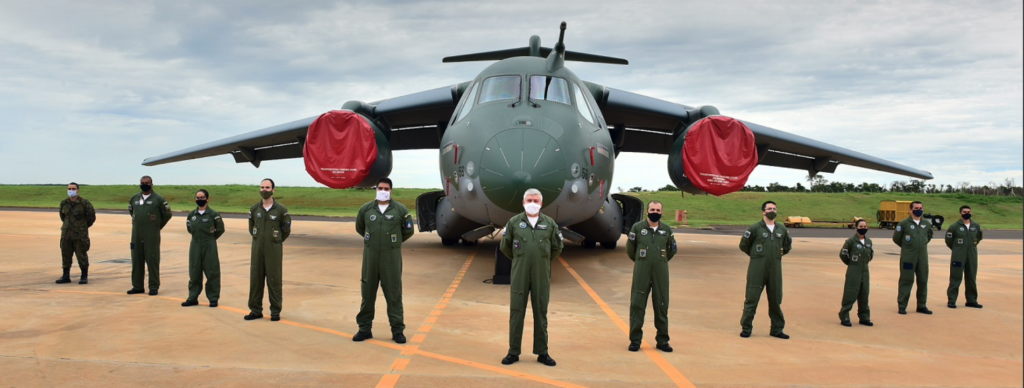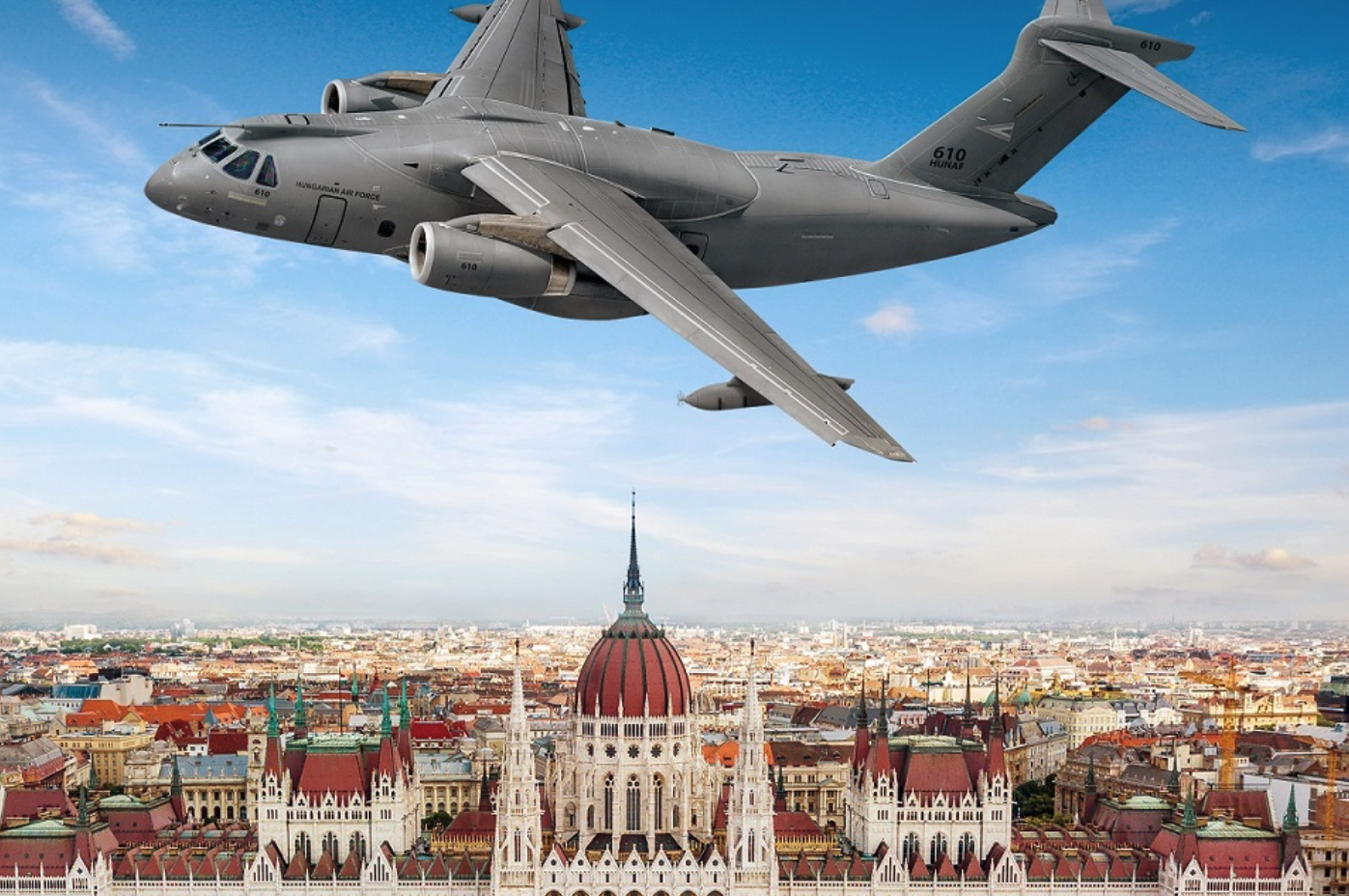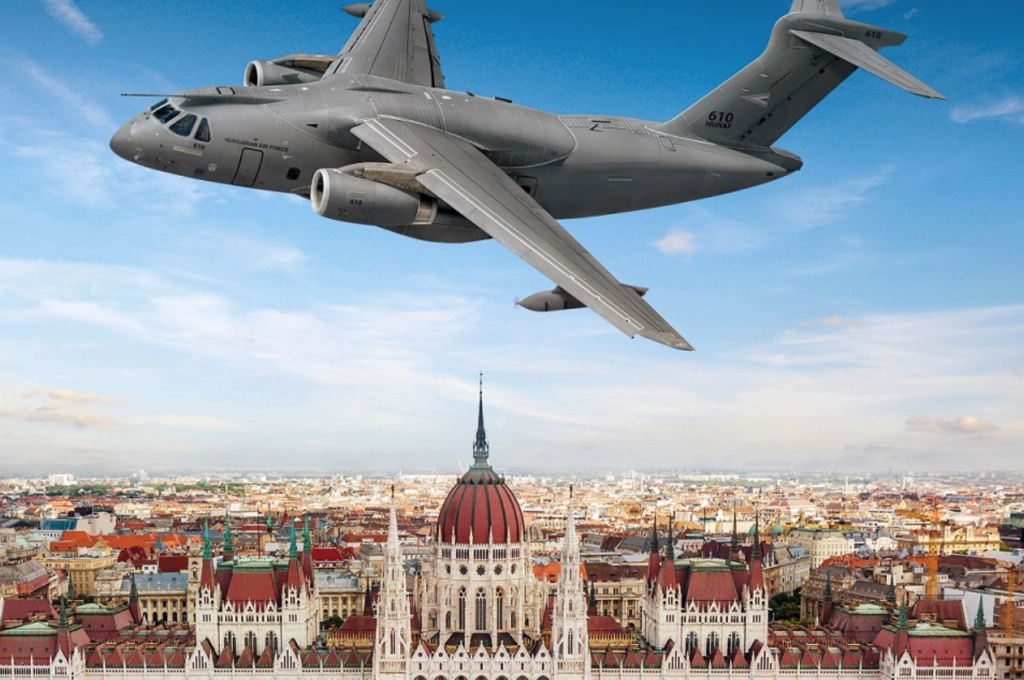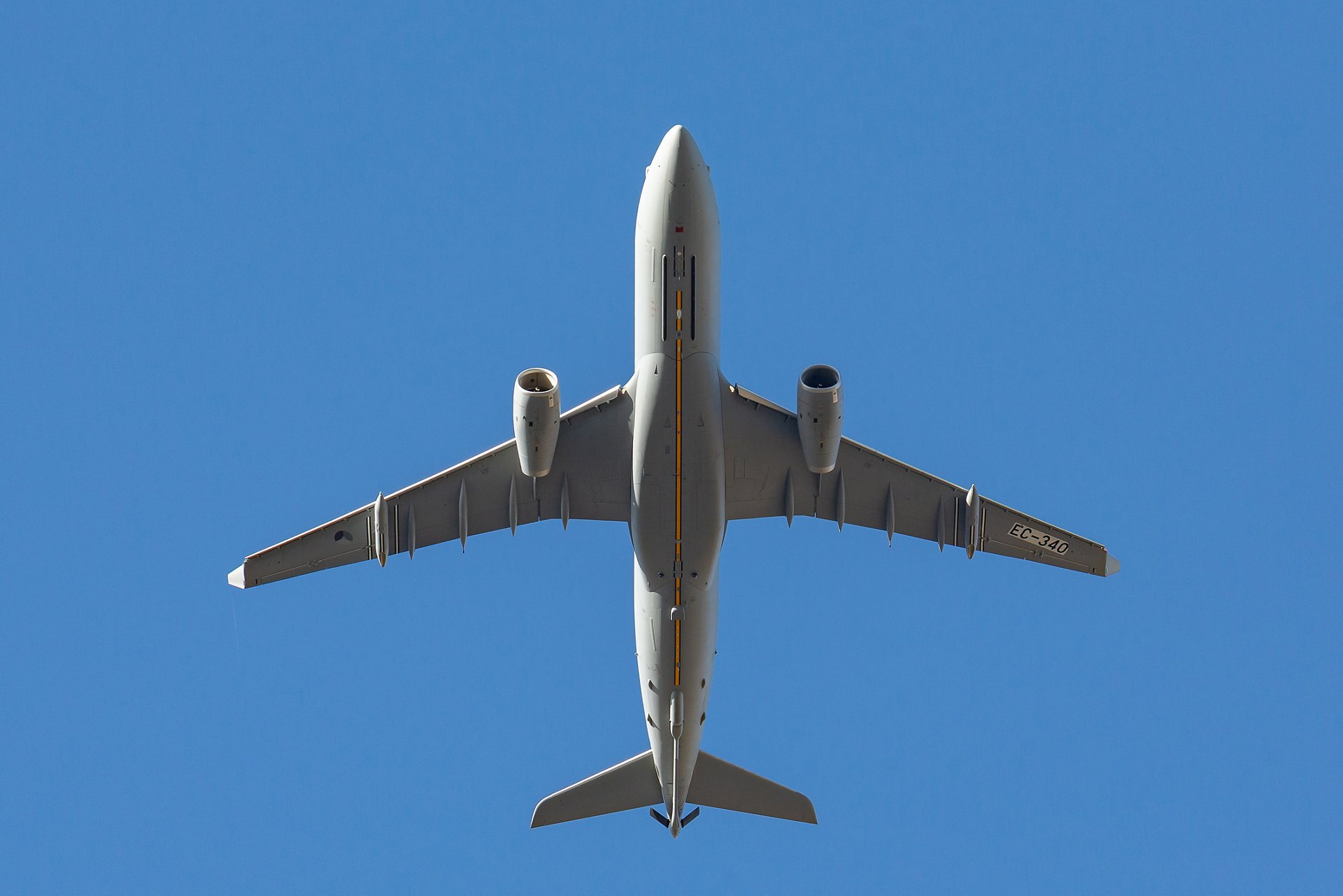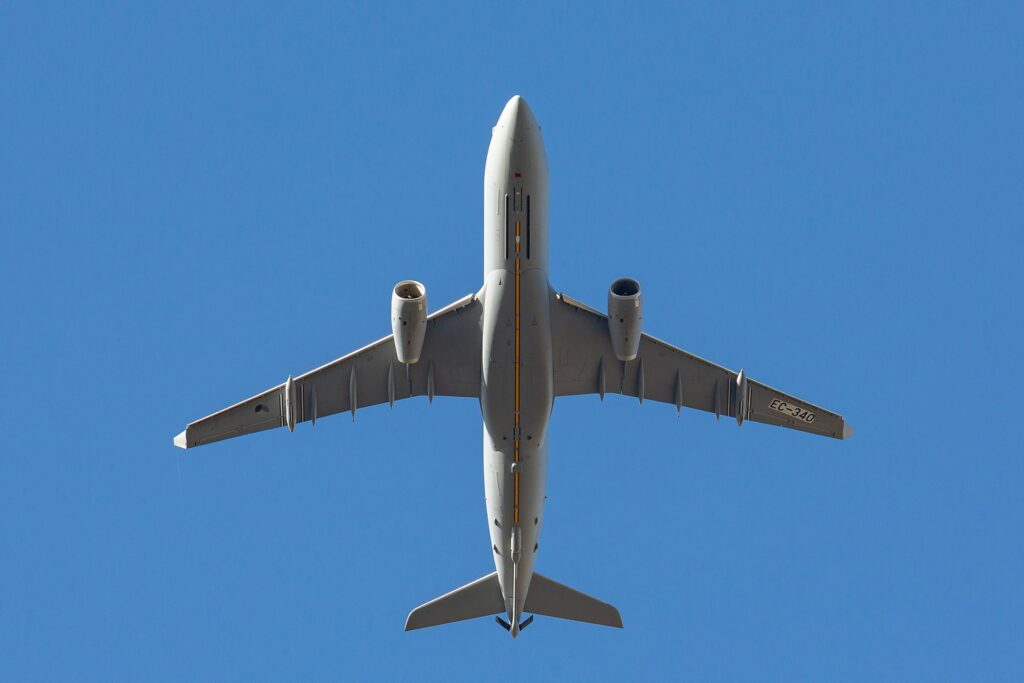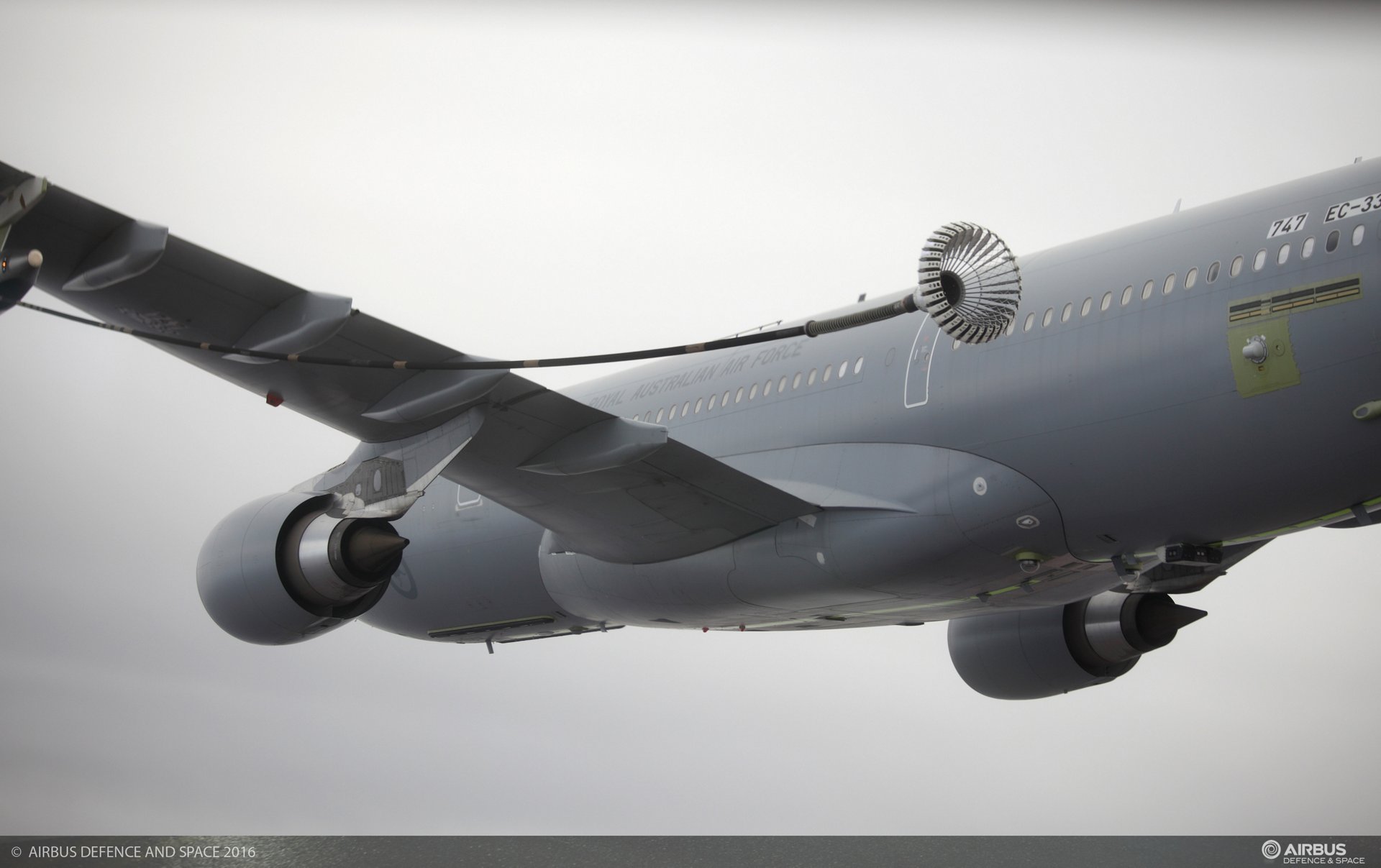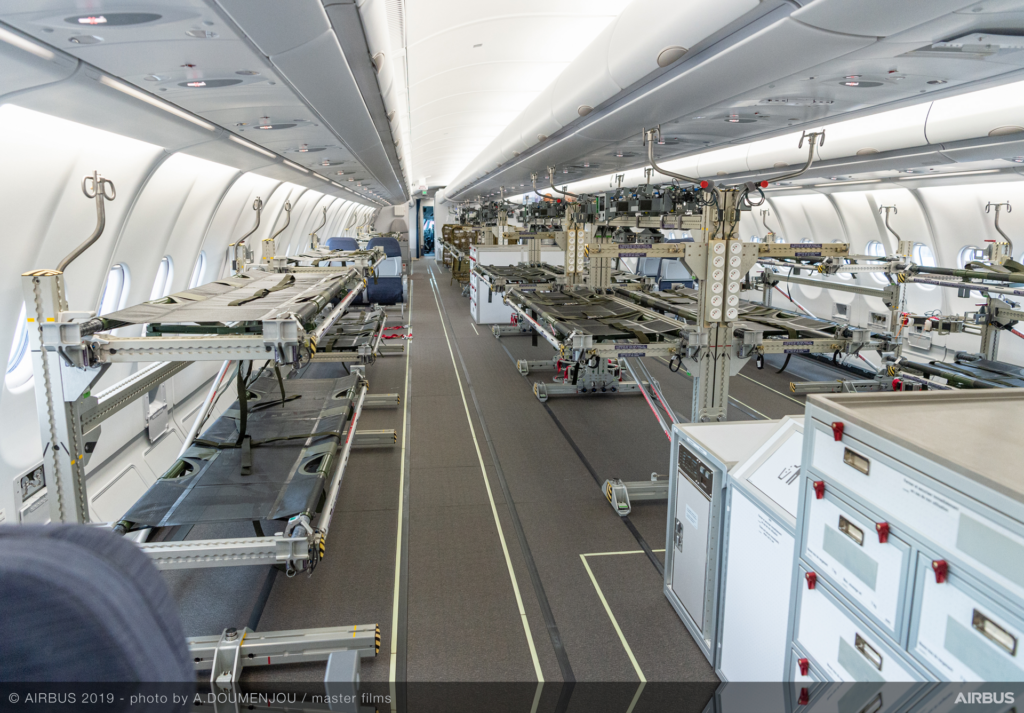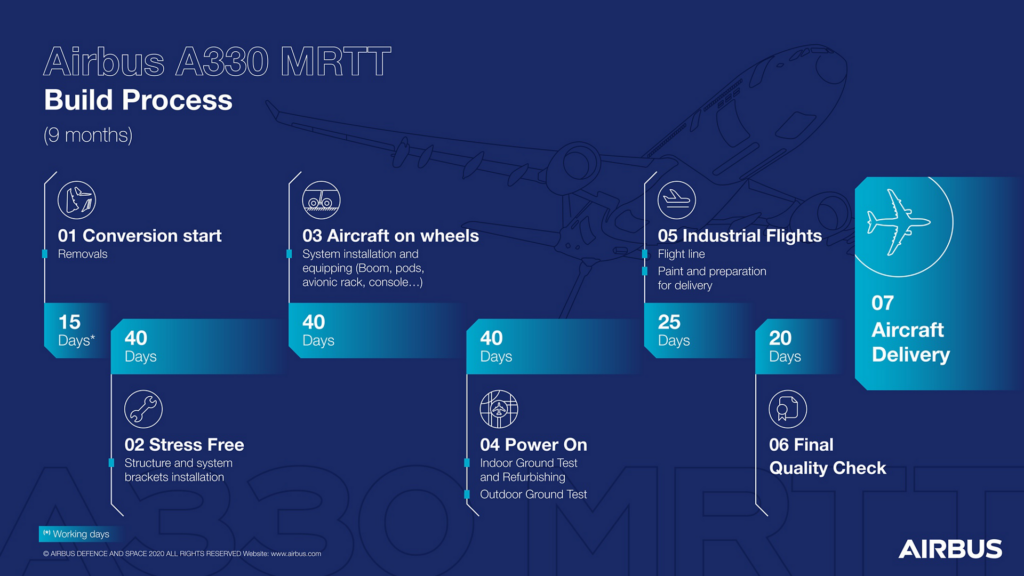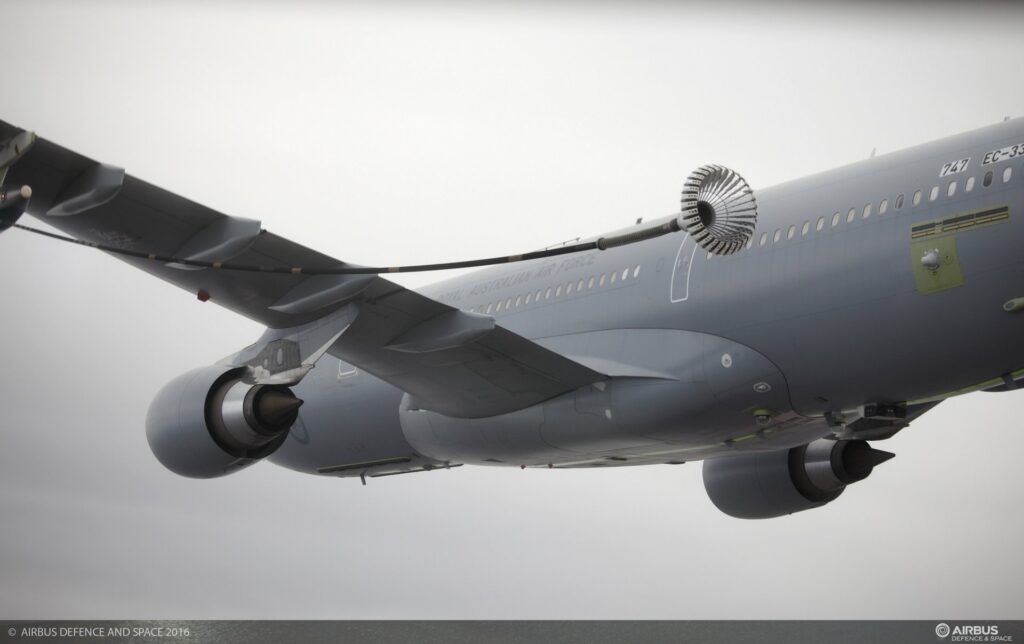Japan Coast Guard (JCG) will expand its fleet with two new Airbus (OTC: EADSY) H225 helicopters, taking its total Super Puma fleet up to 17, comprising two AS332s and 15 H225s. The largest Super Puma operator in Japan received its tenth H225 in February this year. The new helicopters will join its growing fleet to support territorial coastal activities, security enforcement, as well as disaster relief missions in the country.
JCG’s H225 fleet is covered by Airbus’ highly adaptive HCare Smart full-by-the-hour material support. This customised fleet availability programme allows the national coast guard agency to focus on its flight operations whilst Airbus manages its assets
Offering the industry’s best range, speed, payload and reliability in the 11-ton-category twin-engine rotorcraft, the H225 is the latest member of Airbus Helicopters’ Super Puma family that has accumulated more than 5.7 million flight hours in all-weather conditions around the world. Equipped with state-of-the-art electronic instruments and renowned autopilot precision, the H225 offers outstanding endurance and fast cruise speed, and can be fitted with various equipment to suit a variety of roles.
Close to 30 helicopters from the Super Puma family are currently flown in Japan by civil, parapublic operators, and Japan’s Ministry of Defense for various search and rescue missions, VIP, fire-fighting, and passenger and goods transportation.
Also, the Republic of Singapore Air Force (RSAF) has taken delivery of its first H225M helicopter. Airbus Helicopters signed the contract with Singapore’s Ministry of Defence for the acquisition of H225M Medium Lift Helicopters in 2016.
Singapore’s fleet of H225Ms is expected to assume a wide range of roles, including search and rescue, aeromedical evacuation, as well as humanitarian assistance and disaster relief operations.
A combat-proven multi-purpose and versatile asset, the H225M enables military forces to deploy wherever and whenever needed. 104 H225Ms are currently in service across the world, having accumulated more than 143,000 flight hours. The H225M is relied upon by Brazil, France, Indonesia, Malaysia, Mexico Thailand to support their most demanding missions.
